<Back to News Home |
Gravel Tires: Where the Rubber Meets the Road- by MG
Long-time readers know that we review a lot of tires here at Riding Gravel. As gravel bicycles have evolved, so too have the tires being developed for riding gravel roads. Never before have so many great tire options been available, which is a great thing, but it makes choosing the right tires more challenging as well.
Guitar Ted recently wrote an excellent post on his personal blog, and he and I are pretty closely aligned in our thinking with respect to tire shape and tread design. It’s good perspective to consider, particularly with respect to the new treadless “road plus” tires being targeted at gravel riders these days.
Answering an oft-asked question: which tire should I buy?
Fellow gravel cyclists often ask me which tires I’d recommend they use, and quite frankly, there’s no one “right” answer. Everybody looks for different qualities in their tires, and most seasoned cyclists have a pretty good idea of what they think makes a good tire great. Tires, much like saddles and pedals, are a very personal choice.
As such, take my guidance for what is: my opinion based on the tires I’ve ridden, on the mostly Midwestern gravel roads I’ve ridden them on.
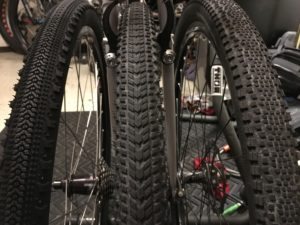
So, with that said, the first question I ask when somebody inquires about which tires to use, is what bike the tires are going to be mounted on. This helps me understand what’s possible in terms of tire size. If a bike can only fit a 38c tire, it immediately narrows down the field of potential tires.
For example, there’s a considerable difference in available tire clearance between a first-generation Salsa Warbird and a Salsa Fargo of any generation. While both models are drop bar ‘adventure’ bikes, I’d never consider running a 38c tire on the Fargo (I’d run a larger tire). But a 38c tire is all you can fit on the rear of the Gen 1 Warbird with sufficient clearance, so you’d be looking at a different field of potential tires for that bike.
The choice of bicycle also tells me a bit about the owner’s intent. Using the two bikes mentioned above as an example, I’d say a Warbird-mounted rider is likely more interested in outright speed. So having a light, fast rolling tire is perhaps going to be a higher priority. On the other hand, many Fargo riders are looking for more traction, comfort and reliability in rougher conditions, with outright speed a bit further down the priority list.
I rarely choose a tire that’s less than 40c in actual size for my gravel bikes. I say “actual” size because some tires such as the Arisun Gravel Plus 38, actually measure out at 42c, while a 40c Maxxis Ravager is dead-on 40mm wide. If you’re pushing the limits of tire size on your personal bike, it’s a good idea to try before you buy if you can.
Again using the first-generation Salsa Warbird as an example, if you bought tires based on the size printed on the sidewall hot patch, you might be inclined to think an Arisun Gravel Plus 38 would work. But mount the tires up and you’d quickly see the difference between claimed and actual size.
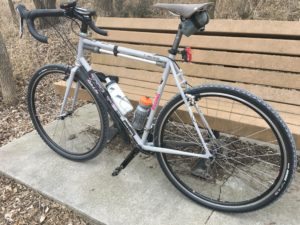
For reference, here’s how my three gravel-oriented bikes are currently set up:
Singular Kite – A traditional steel ‘cross bike with clearance for up to 40c tires. I use the bike primarily for dry gravel rides of less than 100 miles. Today, I’m running a 40c Maxxis Ravager on the front, with a WTB Nano 40c on the rear.
The faster-rolling Nano fits and rides well on the rear wheel, and I appreciate the added cornering bite the Ravager gives me up-front due to it’s shape and more pronounced side knobs. That said, it’s hard for me not to wish the frame had just a little bit more clearance, so a 42c (actual) tire such as the Gravel Plus 38, or the Terrene Elwood 40c would work on both ends of the bike.
Fortunately, I have this next bike…
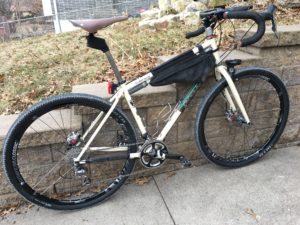
Singular Gryphon – A drop-bar, sloping top-tube mountain bike frames with clearance for up to 2.2-inch tires, I use this bike for long gravel rides and races from 50 to 300 miles. It’s increased tire clearance makes it a great choice for long rides and wet or unpredictable gravel conditions.
After years of riding the Bruce Gordon Rock ‘n Road 43c tires on my Gryphon, today, I’m running the excellent WTB Riddler 45c TCS tires. While I loved the RnRs, I’ve yet to find a tire that suits the character of the Gryphon better than the Riddler does. It rolls fast and corners with a confidence that’s rare in such a fast tire.
Given my preference for a fast, hard-cornering, relatively large gravel tire, it’s probably not too surprising that the Gryphon/Riddler combo will likely be my race setup for the 2017 Dirty Kanza 200. That is, unless another tire comes along that completely blows my mind…
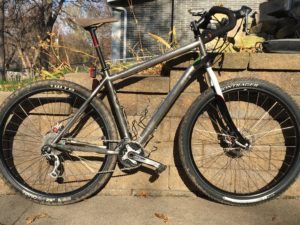
Salsa Ti Fargo (prototype) – For the past 6 months, I’ve been testing this bike with 29+ wheels built around 39mm wide (internal) Velocity Dually rims. While the bike doesn’t have clearance for a full 29+ tire/rim setup, the wider rims make the most of the tires that do fit. For example, the 29×2.1-inch WTB Nano fitted in the rear of the bike measures 57mm/2.25-inches at its widest point (the casing) when mounted on the 39mm Dually rim. On the front, I’m running a 29×2.3-inch Bontrager XR2 Team-Issue tire, which measures a full 2.5-inches wide mounted to the Dually rim.
Though heavier than more narrow rims, the 29+ wheelset lets me run much lower tire pressure (15-18psi). This gives me a better ride quality and easy, confident handling, particularly in loose or fresh gravel conditions, or when ripping through our local singletrack trails. Of the six bikes in my current stable, this is the bike that gets used in the widest variety of conditions. So, my tire selection reflects this broad range of use.
All tires are running tubeless using my own home brew sealant mixture.
Back to the question at hand…
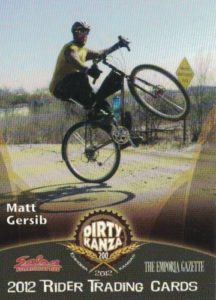
So, which tire should you choose? Heck, some riders choose 28c road tires for gravel rides, and I can’t say they’re wrong. Even I used to occasionally put 32c Clement MSOs on my Singular Osprey road bike for a fast gravel jaunt. But today I enjoy the increased ride quality and more surefooted handling of wider 40-45c tires on my gravel rides. And while it’s true I don’t race as much (or as fast) as I used to, I don’t ever feel handicapped by my choice of wider tires.
In fact, in a lot of conditions, I feel wider tires are a distinct advantage. For fast cornering, riding in soft, moist conditions, or rough, fresh gravel, I’d choose a wider tire every time. Or in a race like the Dirty Kanza 200, with its prevalence of exposed flint rock that eats smaller tires alive. While it’s true I’ve finished the ‘Kanza on 35c tires, based on my experience, my body likes me a lot better and I have a lot fewer tire-related problems when I run wider 45c tires.
Take the time to ask the gravel gurus at your local bicycle retailer what tires they’d recommend based on your bike and your cycling goals. Also, look around at what other gravel cyclists are running on local group rides. With the perspective you can gain from those two sources, dialing in the right tires for your ride should be much easier.
Discuss and share your questions or thoughts about gravel bikes, gear, events and anything else on the Riding Gravel Forum.


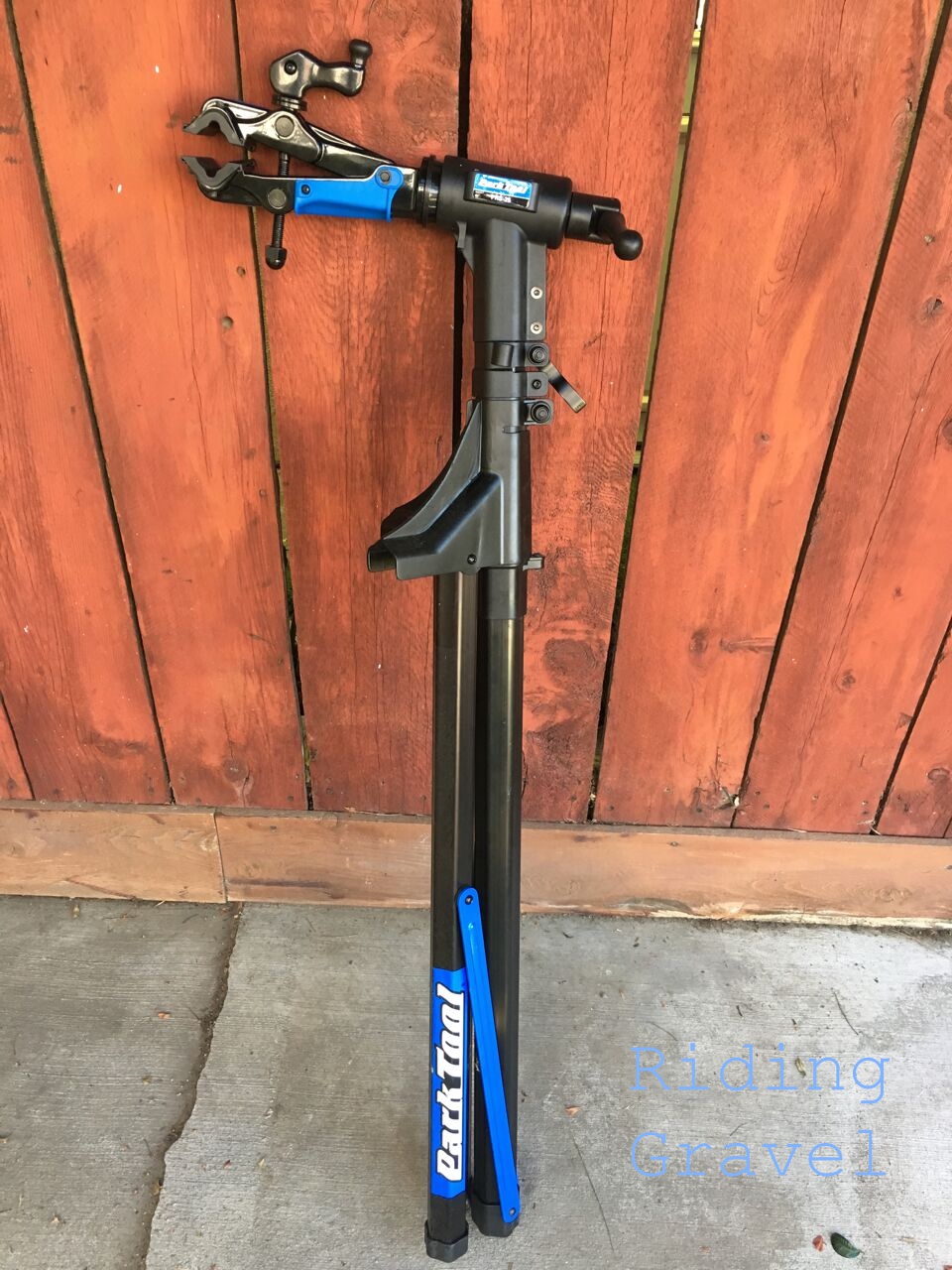
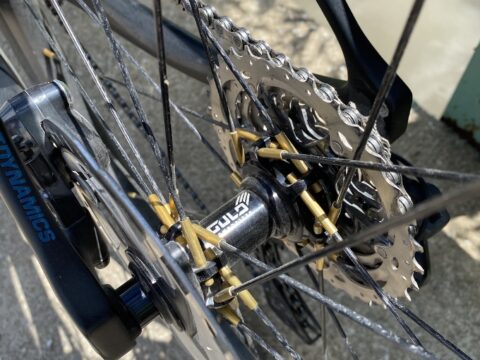
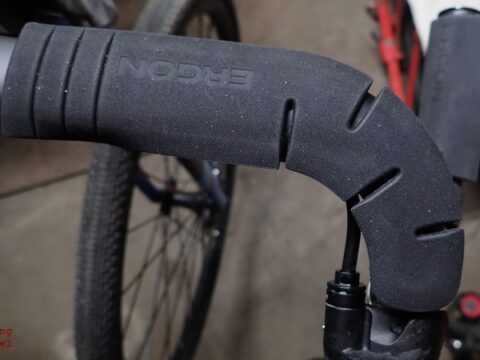
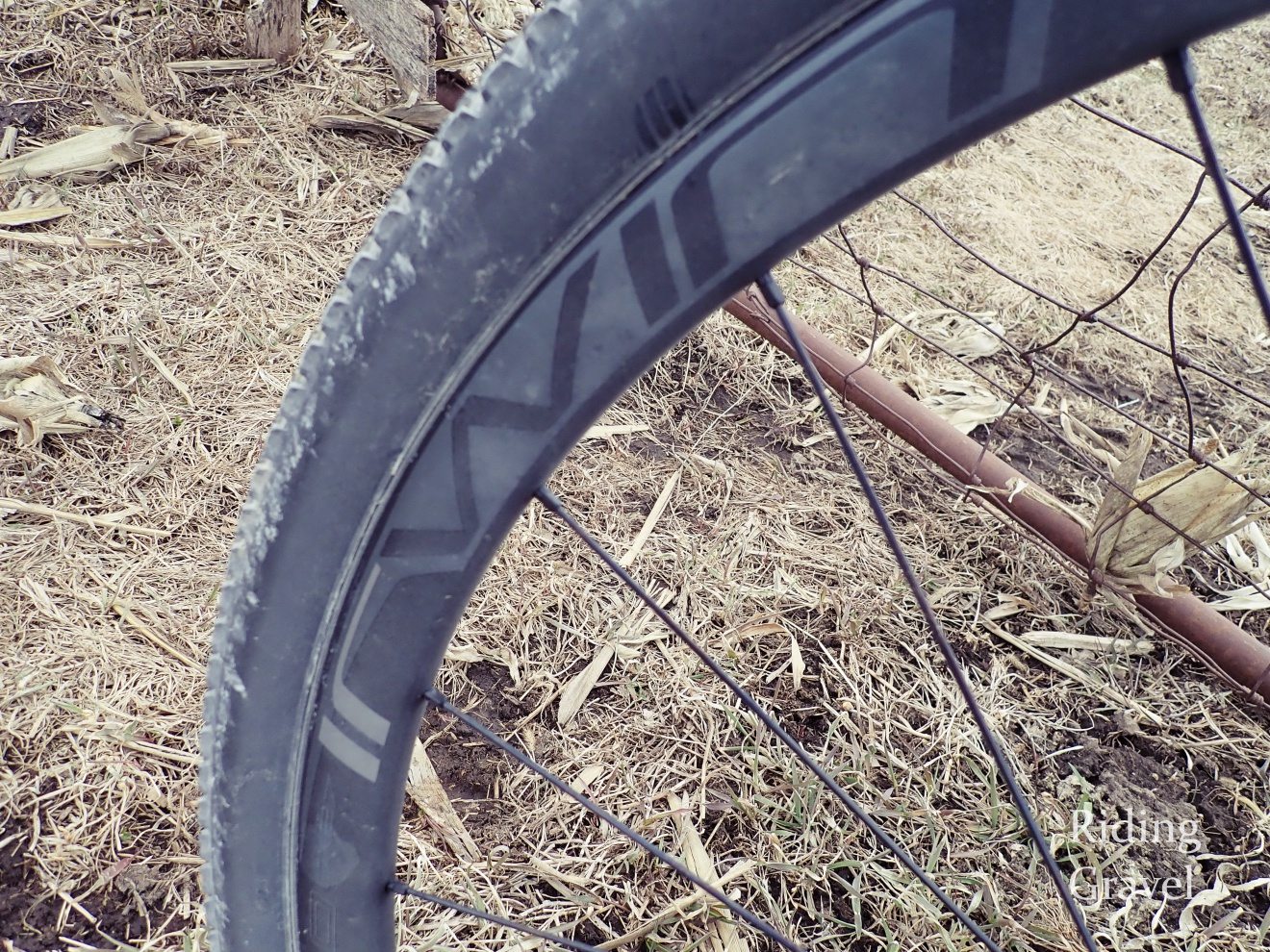

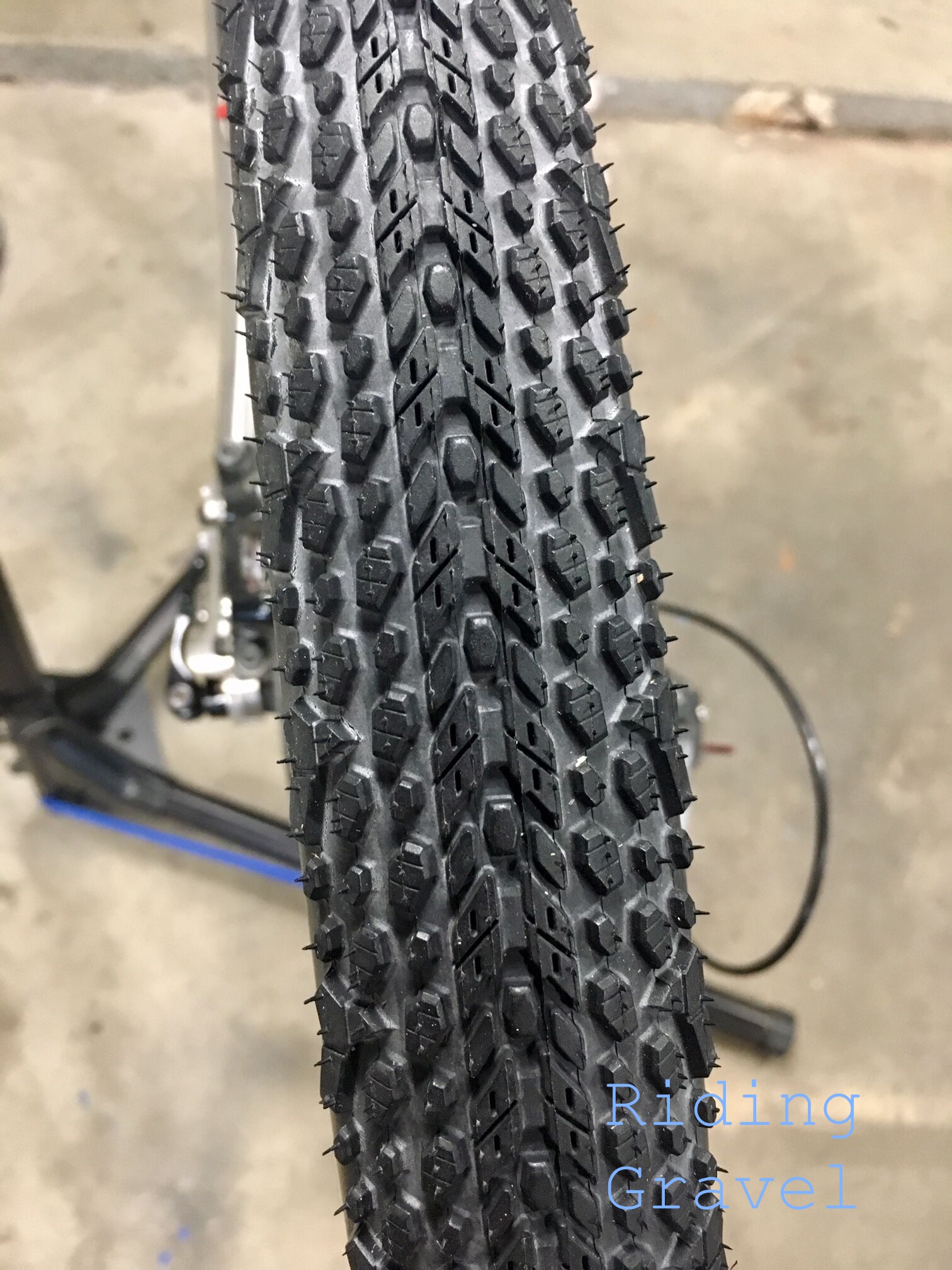
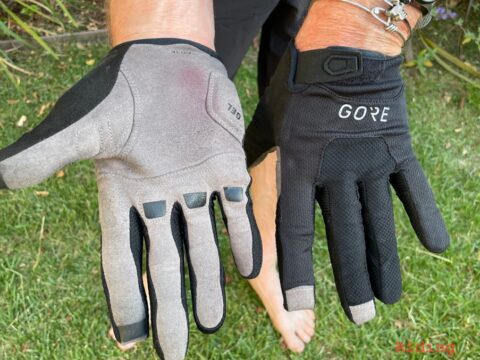


Have you ever tried Schwalbe Furious Fred’s? Their very light weight. But do they hold up? Also, with rim width, do you need a certain width to get the benefits of a big tire? Say WTB Riddler on a rim with 17 mm internal width.
I’ve been trying to decide between the Maxxis Rambler and the WTB Riddler 45 on my Gryphon for TransIowa. I think you’ve helped me decide. Thanks.
@Jon Steinauser: I haven’t tried the Furious Fred, but historically I’ve liked the Schwalbe tires I’ve ridden.
@Barturtle: I think that’s a great choice. See you at TI!
Since my frame (On-one Bish Bash Bosh) only barely fits a 40c in the back, but the fork has way more clearance; I have a 45c riddler up front (extra cush) and a 37c riddler in the back. Love how fast rolling the tire it is and how well it handles sand/mud for a non mud-specific tire. I run them tubeless on rims with 25mm internal width… theoretically that is 1-2mm too wide for the rear tire, but I haven’t had any issues yet and I think most manufacturers’ recommendations are on the conservative side…
I am newer to the gravel racing game and I am looking to continue to use my cross bike (Fuji cross 1.1) for gravel races. On many of the rides I have done I have been able to get away with my 32c cross tires but I know these will not be wide enough for some upcoming races and hopefully Dirty Kanza next year. How much clearance do you look for when seeing if a tire will fit your frame comfortable? I’m sure wet vs dry conditions make a difference for this as well. Do you have a recomendation for both conditions? Thank you.
Hey Ed, Thanks for your questions. You’re right that, for an event like the Dirty Kanza, 32c tires are a bit narrow. Most seasoned DK vets are riding tires in the 35-40c range, and as you know from this story, I tend to prefer gravel tires in the 40-45c range.
I believe most folks say that ideally, you should have 3-5mm of clearance between the tire and the stay. In reality however, there are a lot of gravel cyclists pushing that to 2mm or less. This isn’t a problem as long as your wheel is true and there’s no appreciable mud on the course, but if either of those factors is present (out of true wheel, or muddy conditions), you’ll quickly notice the lack of clearance.
On my personal gravel bikes, I try to give myself at least 4-5mm of clearance so I have less chance of getting surprised by the conditions on the road.
I’m not sure of the exact clearance on your Fuji, but I suspect it’ll at least fit tires in the 35c range. Some good options include the Clement MSO (the 36c tubeless-ready version), Panaracer Gravel King. The WTB Riddler is a personal favorite for dry conditions, and the 37c version may fit into your frame.
Regardless of the rain conditions at the Dirty Kanza, you’ll still have water/mud to contend with due to the prevalence of water crossings. I ran 45c WTB Riddlers at the DK this year and felt they were a great balance of speed, toughness and all-terrain traction.
Thank you kindly for the information. Fuji has stated that the frame will accept 35c but that they don’t recommend higher than that, I am sure manufacutures stay conservative on this number. I’ll have to take some measurements and see what would fit.
Try running 1.95 Specialised Renegade’s light tubless ready tyres. I run them back and front.
Great article! I think that those who can not decide on the choice of tires, then it may be worth trying just different tires while driving and I think over time the choice will become obvious. Of course this option is for those who have money. In general, thanks to your article, I have already decided on the choice of tires, and thanks to this site with bicycles https://bikesist.com/best-hybrid-bicycle-under-301/ I could choose the best bike for myself and my family.